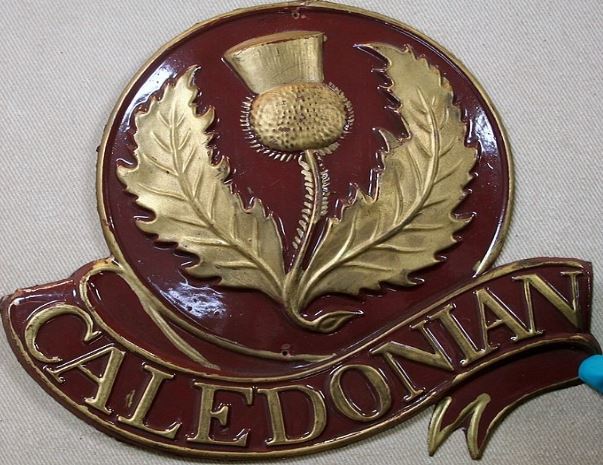Craig and Insurance
George Craig was, amongst other things, an insurance agent. The market for insurance was a mature one by the 1820s and the Caledonian Insurance Office, who employed Craig, faced stiff competition from agencies such as the Norwich Union (whose local agent in Galashiels was Robert Haldane, a professional rival of Craig’s as well as a political foe); the Friendly Insurance Company, the Hercules Insurance Company, Phoenix Insurance and others who had agents in Selkirk and other Borders burghs.
Like banking, insurance was a task to which Craig often left the details to his clerk, Elliot Anderson and it is Anderson who wrote the letter transcribed below. In the Borders, the vast majority of insurance business related to fire insurance. Life assurance was new and, while Craig made efforts in that direction, it was not the object of much local interest and those with larger estates generally arranged it though Edinburgh offices.
Insurance records can be an important resource for telling us about the development of towns and, in particular, about the distribution of wealth, living conditions and the nature and comparative scale of business activity. Many of those who insured their property with Craig were weavers, although he also saw that his main clients were insured with the Caledonian (sometimes poaching them away from other insurers).
The correspondence between Craig and Henry David Dickie, manager of the Caledonian, was extremely regular. It contains within it the description and value of insured property, most of which lay within Galashiels. Craig made efforts to convince his employer to contribute funds for a fire engine for the burgh, but he was unsuccessful despite the fact that neighbouring burghs, such as Kelso, had such appliances. The obvious economic argument, that investment in suppressing fires could substantially reduce liabilities, was clearly not yet sufficiently compelling for the Caledonian’s directors to be convinced.
An interesting aspect of Craig’s insurance business is the fact that he often produced and sent to Edinburgh a sketch of the premises in respect of which a policy was being sought as well as a sometimes lengthy description. This often avoided the need for the head office to send out an inspector to assess the premium. Working out the premium was always a matter for the Edinburgh office to determine, although Craig and Anderson from time to time made representations about it on behalf of their clients.
The letter below is one of several in which an outbreak of fire is mentioned, this time in a postscript.
Dr Robert Weir, according to John Wood’s town plan of Galashiels, lived on the High Street in 1824. Presumably Anderson, able to respond to the call of fire, lived nearby. His neighbour, in 1824, was a William Roberts although whether that is the same as the individual whose policy is discussed in the letter is now know.
Elliot Anderson to Henry David Dickie, 27 July 1827
(See Wm & Jo Roberts Note of Insurance pg84)
Dear Sir
Messrs William & John Roberts with a policy for their premises noted above on your new plan for saving the duty, which I hope you will be able to do, as they have withdrawn their insurance from another Office in consequence of seeing one of your Circulars in that subject.
Besides the above there are other two properties in which they have separate interests, & which they wish insured also, in one policy for the sale of convenience, which I suppose you can do. They are (see note of Insurance pg84) & I will be glad to receive the policies by the first Coach or to hear from you by return of post, in case there be any difficulty about doing it.
I remain &c E.A.
You had a very narrow escape from a loss last night or rather this morning about 2 – Mr Waugh’s house in this town & Dr Weir’s furniture £350 & £100.[1] There will be a claim as it is. A closet where the fire originated & the roof of the house are considerably damaged. Had not the cry of Fire brought three active young lads & a neighbouring servant girl, who was also very active along with myself, (fortunately sitting up reading) to the Doctor’s assistance, his exertions tho’ very great, would have availed but little in saving the property. The ceilings of the rooms will likewise be damaged by the water & otherwise in getting at the roof, there being no proper access to the garret.
[1] This was the local surgeon, Dr Robert Weir.


